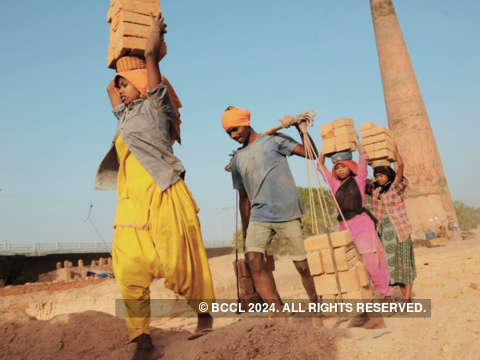The
Despite global efforts, the journey towards gender parity remains sluggish. The overall global gender gap score stagnates at 68.5%, with projections suggesting it will take a staggering 134 years to achieve full parity globally — a stark contrast to the ambitious 2030 Sustainable Development Goal target. While 97% of the world's economies have closed over 60% of their gender gap, the elusive goal of full parity remains distant, signalling a need for urgent action.
Our own country's journey in this arena reflects a mixed bag of progress and challenges. With over 1.4 billion citizens, India itself has closed 64.1% of its gender gap. However, we have a very long road ahead — one that may take another 167 years to traverse, as per the report’s estimations on South Asian countries’ year of projected gender parity.
While there's commendable advancement in economic participation and opportunity, evidenced by a slight improvement in scores, the nation faces setbacks in educational attainment and political empowerment.
Educational parity, once considered a beacon of progress, now demands renewed attention. Despite significant strides in enrollment, the gender literacy gap looms large, with India ranking 124th in this indicator. This underscores the need for concerted efforts to ensure not just enrollment but also quality education for all, irrespective of gender.
In the political arena, India grapples with a tale of two realities. While women's representation at the highest echelons of power showcases promise, the broader landscape presents a stark contrast. Ministerial positions and parliamentary seats still remain elusive for women, reflecting systemic challenges that need urgent redressal.
Comparatively, India's neighbours present a diverse picture. Bangladesh, China, Nepal, Sri Lanka, Bhutan, and Pakistan chart their own trajectories in the gender parity narrative, highlighting the nuanced nature of progress within the region. Each country's unique challenges and successes offer valuable lessons for collective advancement.
Closing the gender gap is not just about fairness; it's about economic prosperity. Studies show that achieving gender parity could lead to a 20% rise in global GDP.
The report emphasises the need for a multi-pronged approach to bridge the gender gap. Investment in education and skills training for women is essential, particularly in developing economies like India. Policy changes, such as quotas for female candidates in elections and stricter enforcement of pay equity laws, can also make a significant difference. Businesses must also step up by implementing effective diversity and inclusion programs.
This is a wake-up call for all nations, including India, to prioritise policies and initiatives that empower women and unlock their full potential.
